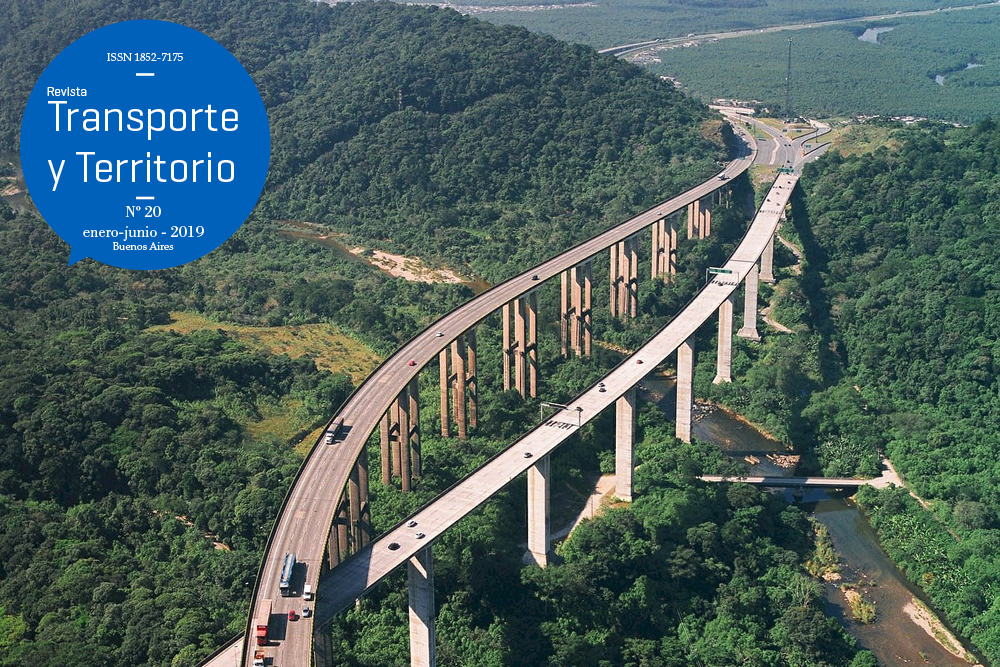From the public to the private: the transition of the railway business model in Brazil 1930 to 2015
Keywords:
railways, nationalization, business model, workforce
Abstract
The Brazilian railway system is marked early by the state presence that now intervenes directly, or indirectly, throughout the six phases considered here. In the last of them a private structure prevailed. The objective of this study is to analyze three of these phases, starting in 1931, when the state started to appropriate these companies; to modify them structurally (between 1961-1991); and to return them to the private sector from 1991 onwards. At that time, they were able to perform new functions: to serve a select group of customers and their respective products, employing a minimum number of workers. The lines delivered to ‘privatization’ in the 1990s were completely different from the deficit lines, which were nationalized in the 1940s and 1950s. After four decades of direct state intervention, the railways had been reinvented, operating under another logic: “Minimal railroad”, which eventually restimulated private entrepreneurs to return to the sector!Downloads
Download data is not yet available.
Published
2019-04-01
How to Cite
Nunes, I. (2019). From the public to the private: the transition of the railway business model in Brazil 1930 to 2015. Revista Transporte Y Territorio, (20), 66-90. https://doi.org/10.34096/rtt.i20.6384
Section
Dossier

1.jpg)

3.png)























